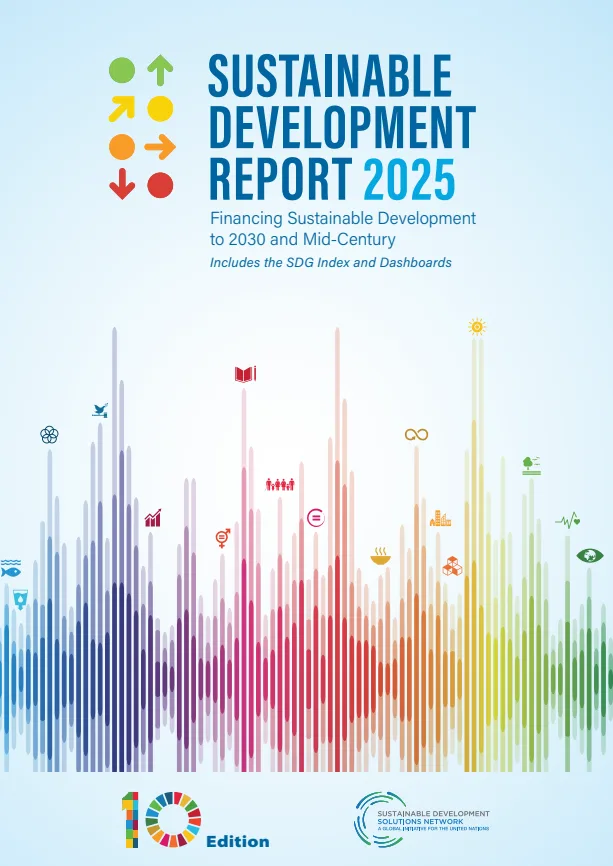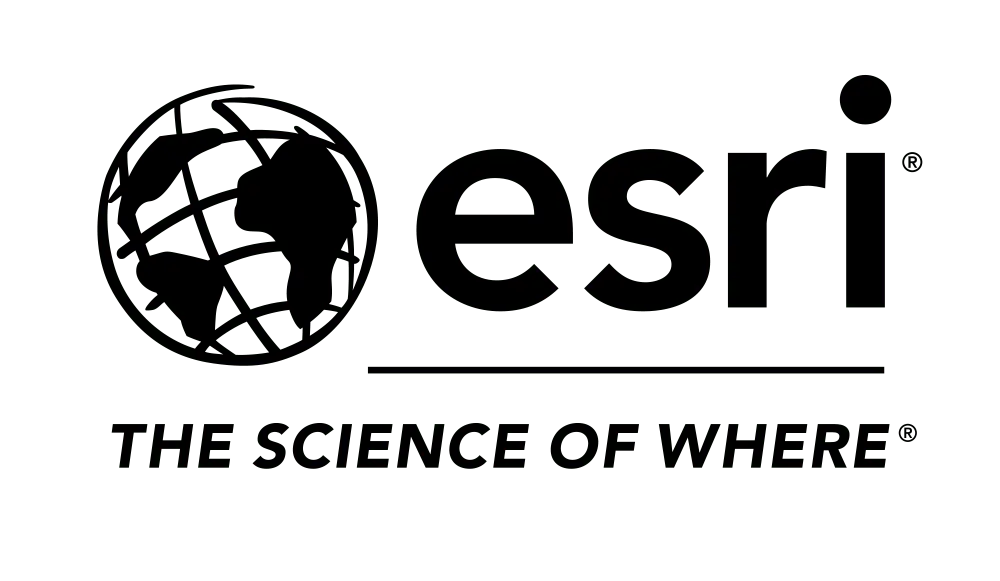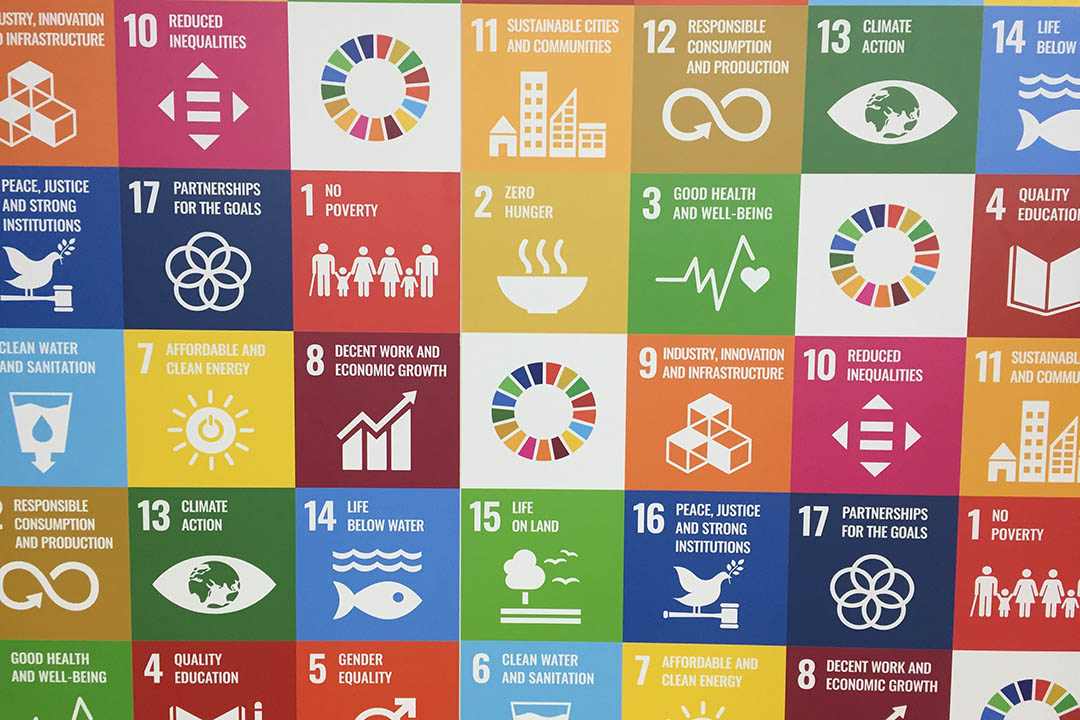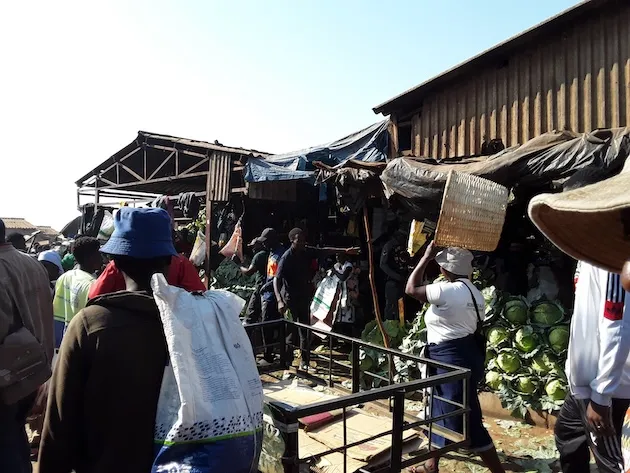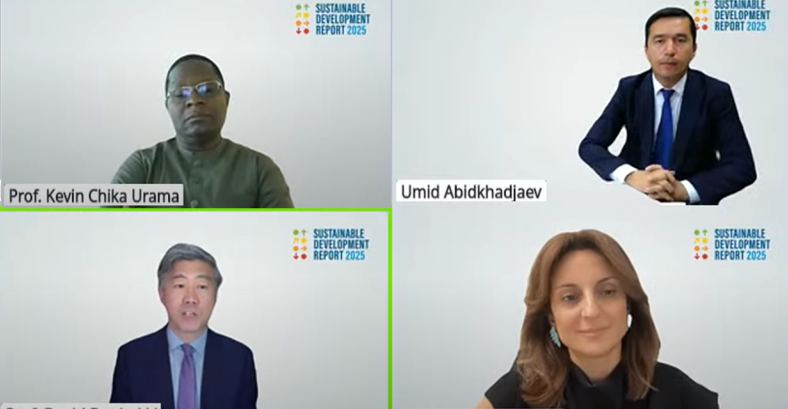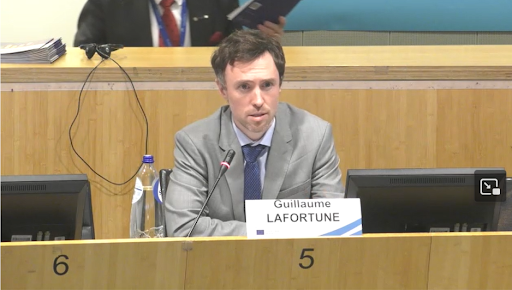Launch of the 2025 Sustainable Development Report on 24 June 2025
The 10th edition of the Sustainable Development Report will feature an updated SDG Index and Dashboards, tracking the progress of all UN Member States on the SDGs as well as critical insights on reforming the Global Financial Architecture.
Blog post
2025-05-30
